In the grand narrative of industrial manufacturing, cutting, the oldest and most basic processing method, is undergoing a silent but profound revolution. From the saw in Luban's hand to the high-speed slitting machine in today's factories, the evolution of technology has not only changed the appearance of tools, but also fundamentally reshaped the connotation and extension of the cutting process. Modern slitting machines are no longer simple "slices" of materials but have evolved into cutting-edge manufacturing units that combine precision, intelligence, and flexibility, redefining the boundaries of efficiency, quality, and possibility.
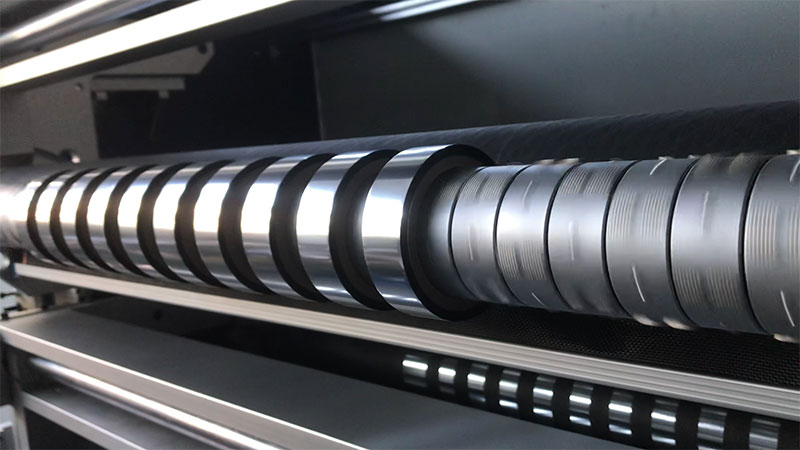
From "extensive segmentation" to "micro engraving": a leap of precision
Traditional cutting methods often come with large material losses, rough edges, and uncontrollable dimensional tolerances. One of the core evolutions of modern slitting machines is to increase precision to unprecedented magnitudes.
• Micron-level control: By applying high-precision servo motors, linear guides, and digital control systems, modern slitting machines can easily achieve cutting accuracy ± 0.05mm or even higher. For new materials such as lithium battery electrodes, optical films, and high-end electronic tapes, this microscopic level of precision directly determines the performance and yield of products.
• Stress-free cutting: Traditional mechanical pressure cutting can easily cause crushing, deformation, or internal damage to the material. Modern slitting techniques, such as ultrasonic cutting, laser cutting, and ultra-high-pressure waterjet cutting, enable "no-contact" or "micro-contact" processing, virtually eliminating cutting stress and perfectly maintaining the original physical properties of the material.
• Revolutionizing surface quality: Whether it's a razor-sharp round blade or a pneumatic slitting with automatic adjustment of the blade pitch, the goal is to achieve a smooth, burr-free, dust-free cutting section. This not only improves the appearance quality of the product, but also avoids subsequent process problems caused by cutting chips.
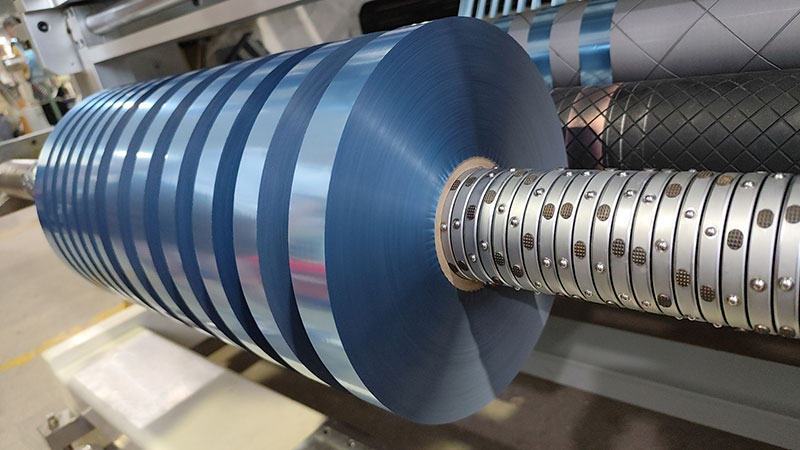
From "experience-driven" to "data intelligence": the transformation of control systems
Operating a modern slitting machine is more like conducting a highly synergistic digital symphony orchestra. Its "brain", the control system, has completed the leap from mechanization to intelligence.
• Fully digital parameter control: all key parameters such as cutting width, tension, speed, pressure, etc. can be preset and stored via the human-machine interface (HMI). When changing product specifications, the equipment can be automatically adjusted with just one click to call up the recipe, which greatly shortens the changeover time and reduces the dependence on the operator's experience.
• Online monitoring and closed-loop feedback: The integrated high-definition CCD vision system, laser breadther, and tension sensor can monitor the edge position, width, and tension fluctuations of the strip in real time. The system uses algorithms to perform real-time calculations and feedback to the actuator for dynamic compensation, ensuring that the cutting quality remains consistent at a high speed of 100 meters per minute.
• IoT and predictive maintenance: Modern slitting machines have become a node of the Industrial Internet of Things. It can upload operational data, yield information, and fault codes to the cloud platform in real time. Through big data analysis, plant managers can remotely monitor the status of equipment and predict the life of key components (such as spindles and bearings), realizing the transformation from "repairing if broken" to "predictive maintenance" and maximizing equipment utilization.
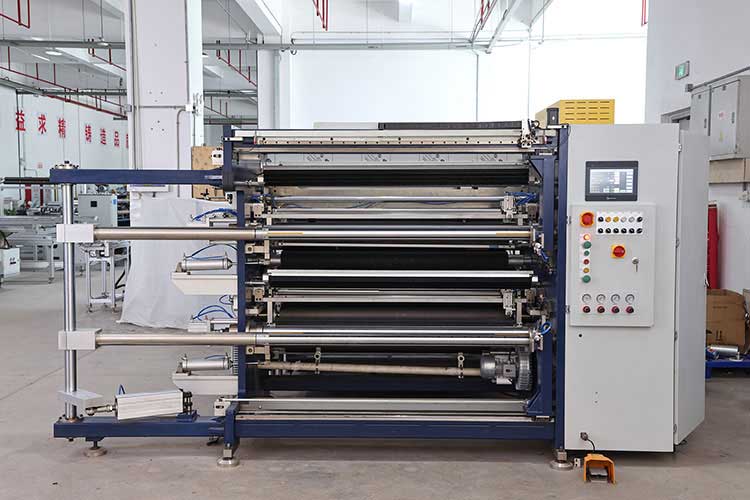
From "single rigidity" to "flexible and flexible": the extension of application boundaries
The evolution of technology has given modern slitting machines unprecedented adaptability and flexibility, enabling them to respond to increasingly complex and changing market demands.
• Huge expansion of the range of materials: From extremely thin (e.g. 2μm copper foil) and extremely soft (e.g. nano-sponges) to extremely hard (e.g. carbon fiber composites) and extremely brittle (e.g. photovoltaic silicon wafers), modern slitting technology has a solution. Whether it's through cold knives, hot knives, or non-contact lasers and waterjets, there is always a process that treats specific materials "gently" or "precisely".
• Modular and customized design: Modern slitting machines adopt a modular concept, which can flexibly select modules such as unwinders, winders, correction systems, and dust removal devices according to customer needs. This flexible design allows it to be seamlessly integrated into automated production lines, making it an integral part of smart factories.
• Meet the trend of personalization and small batches: In the era of "Industry 4.0", customized production of small batches and multiple varieties has become a trend. The intelligent slitting machine with quick production change and simple programming is the key equipment to realize this flexible manufacturing model, allowing mass customization to go from concept to reality.
epilogue
The technological evolution of modern slitting machines is a systematic revolution driven by the deep integration of precision machinery, automatic control, sensing technology and digital information. It has upgraded the basic process of cutting from a "skill" that relies on "feel" and "experience" to a "science" based on "data" and "algorithms". It not only reshapes cutting itself, but also provides a solid process cornerstone for innovative design and efficient manufacturing of products in cutting-edge fields such as new energy, new materials, and consumer electronics. In the future, with the further deepening of artificial intelligence and adaptive control, slitting machines will become more "smart", continuing to promote the boundaries of industrial manufacturing to be more precise, more efficient and greener.
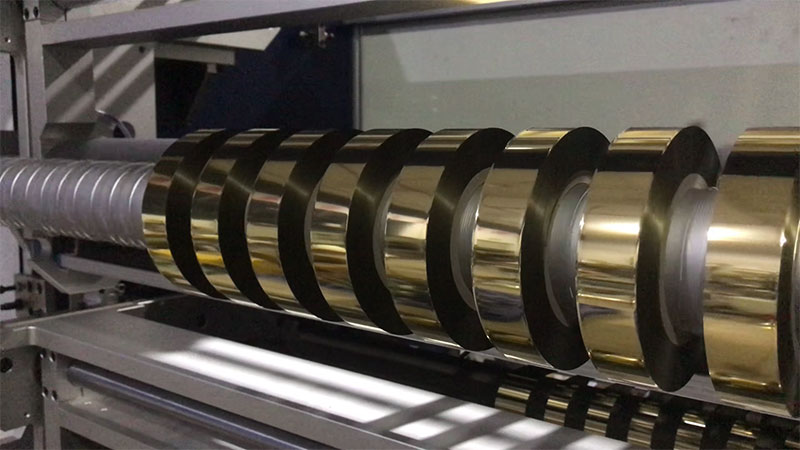
Precisely cut the wide master roll according to the preset dimensions, then rewind it into finished rolls suitable for subsequent processing or direct use.
09. December, 2025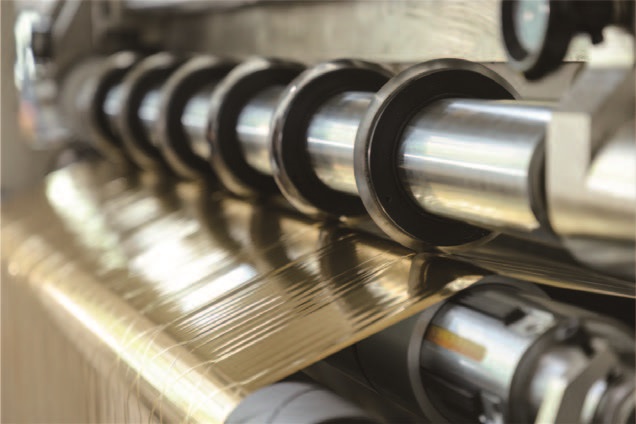
Cut wide rolls of film, paper, nonwoven fabric, metal foil, and other materials to precise sizes, and then rewind them into finished rolls that meet downstream requirements.
09. December, 2025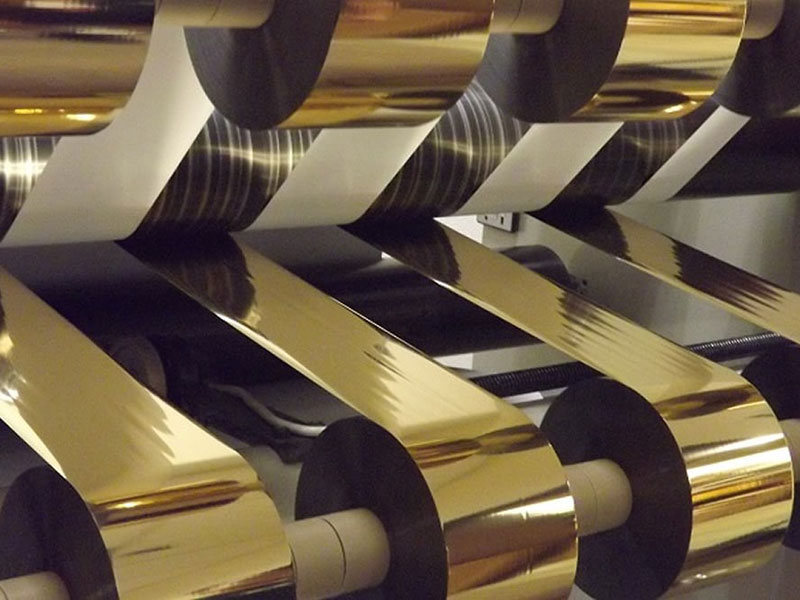
A slitting rewinder is a device that slices wide coils into multiple narrow strips of material and rewinds them into independent rolls.
09. December, 2025
An advanced slitting machine is like a powerful "invisible heart", continuously delivering precise, efficient, and healthy blood to the printing plant's hot stamping capabilities.
08. December, 2025
These devices integrate precision machinery, automatic control, and intelligent inspection technology to achieve fully automated processing from coils to finished products.
08. December, 2025